Notice: Undefined variable: echo in /var/www/kabazoo/data/www/spark.crisp-studio.com/wp-content/themes/SparkSales_Final/header.php on line 140
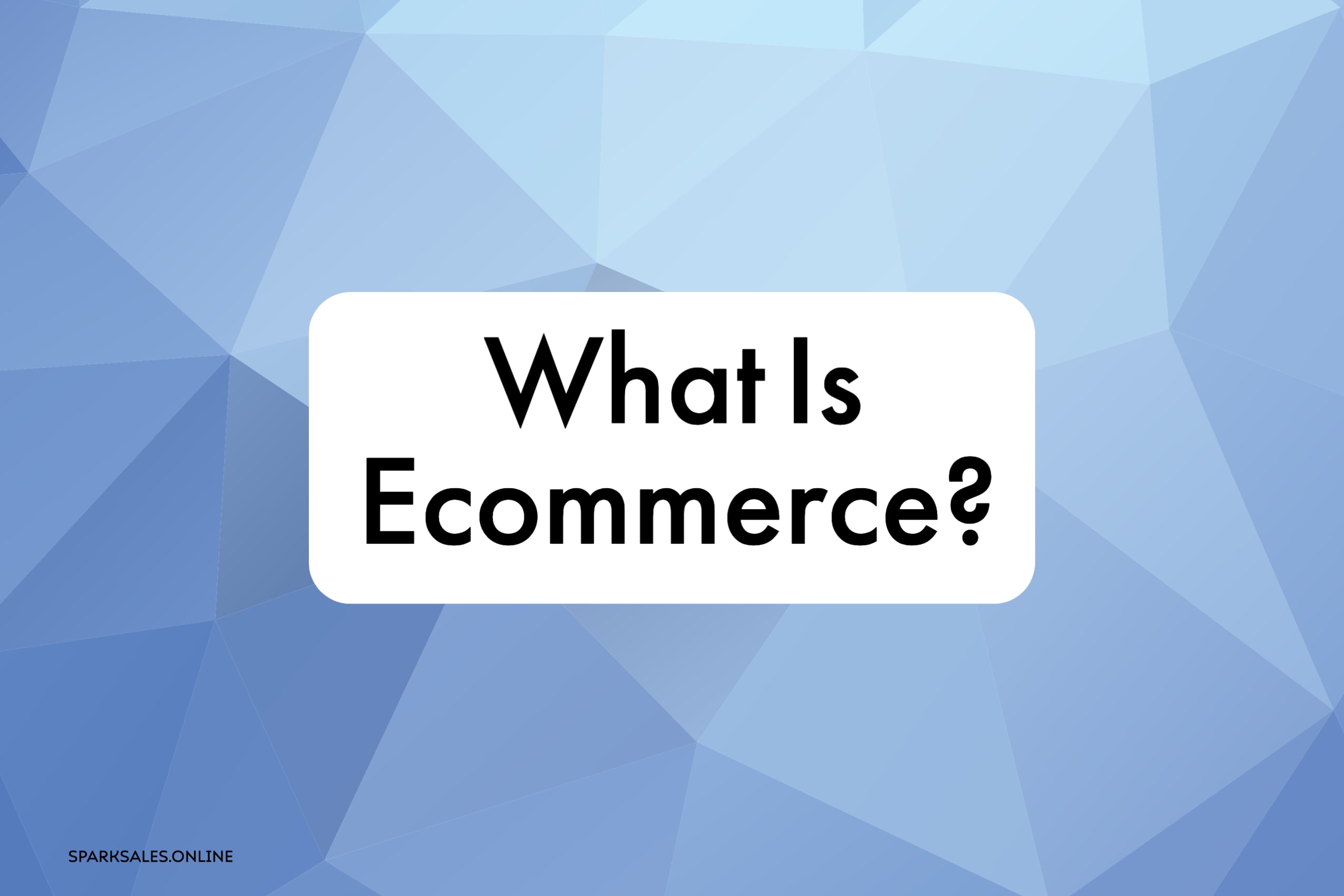
Today we’re going to look into the definition of ecommerce. We’ll mostly be looking at two different meanings; firstly, we will define ecommerce from a traditional perspective, and then we will redefine it based on how ecommerce is evolving.
So what is ecommerce? Ecommerce is short for electronic commerce which is the act of selling a product online. That’s all it is; it’s selling products online versus using bricks and mortar stores.
Therefore the definition of ecommerce is simply the buying and selling of goods and services over the internet. If you’ve ever shopped online, you’ve participated in someone’s ecommerce funnel. Some of the most visited websites per day are ecommerce sites, Amazon for one, almost everybody’s ordered something from Amazon at some point. Many physical retailers have ecommerce stores as well, and those who don’t are usually left behind.
The future of ecommerce is an exciting topic; given that ecommerce is currently growing at an incredible rate of 23% every year. It appears that people do prefer to shop online, but that’s sort of a no-brainer, right? I mean you can buy anything you can imagine, from anywhere in the world, from the comfort of your own home, and it’ll show up on your doorstep the next day? Who wouldn’t prefer that?
30% of online shoppers say they would be likely to make a purchase from a social media network. These statistics are excellent news for you if you own an ecommerce business because you need to have that trust between the consumer and their social media network of choice to continue to promote your products.
An excellent example of how powerful an ecommerce platform can be is simply looking at Toys R Us. Among other things, they failed to adapt their offering for the online market quickly enough, and Amazon pretty much blew them out of the water. Compared to Toys R Us online sales, their online sales were night and day, simply because Amazon has a much better platform that offers any product you want with next day or even sometimes same-day delivery.
Good ecommerce is the future; almost everybody wants the convenience of buying online and having their item shipped right to their doorstep. Families these days are busier than ever, it’s not always the best option to go out, look through aisles and try to find products that way. So it’s reasonable to assume that this trend within retail and ecommerce will continue. Some non-food online product categories like clothing and beauty products have achieved an incredible 25% average CGR between 2004-2018.
The compound growth rate or CAGR (compound annual growth rate) is your rate of return, in simple terms. So if, for example, I invest £100 this year, it’s how much investment return I would have the following year. If I have a steady growth of £25 annually, it would be safe to assume that I have a CAGR of 25% on a £100 investment. So until such a time as it reaches the end of the investment lifespan, that is the compound growth rate.
According to the latest figures from the Office of National Statistics, the UK has the most advanced ecommerce market. In 2018 The best-selling categories were non-food sectors like wholesale and manufacturing. Total ecommerce revenue for the UK in 2018 was an incredible £688.4 billion.
Statista estimates that by 2024, online retail sales of physical goods will reach £476.5 billion in the US alone. So ecommerce is on the rise globally. According to eMarketer in May 2020, the most significant contributor of worldwide retail ecommerce sales is the Asia-Pacific region. China alone has the largest amount of ecommerce sales. We all know that many of the things we buy online are manufactured in China, so those figures are probably not a big surprise.
However, according to eMarketer, there may be as many as 2.14 billion digital buyers globally, and total ecommerce spending worldwide is at $3.914 trillion. The US Department of Commerce states that ecommerce sales also average about 9.1% of total retail sales.
So what do these figures mean? Simply put there’s still so much opportunity within the online marketplace, in fact as you have seen with those numbers there’s still a lot of room for manoeuvring and for new players to come in. There’s also a tonne of potential within the ecommerce market for brands to expand their reach; this is especially apparent when you include the possibilities made available through omnichannel retail.
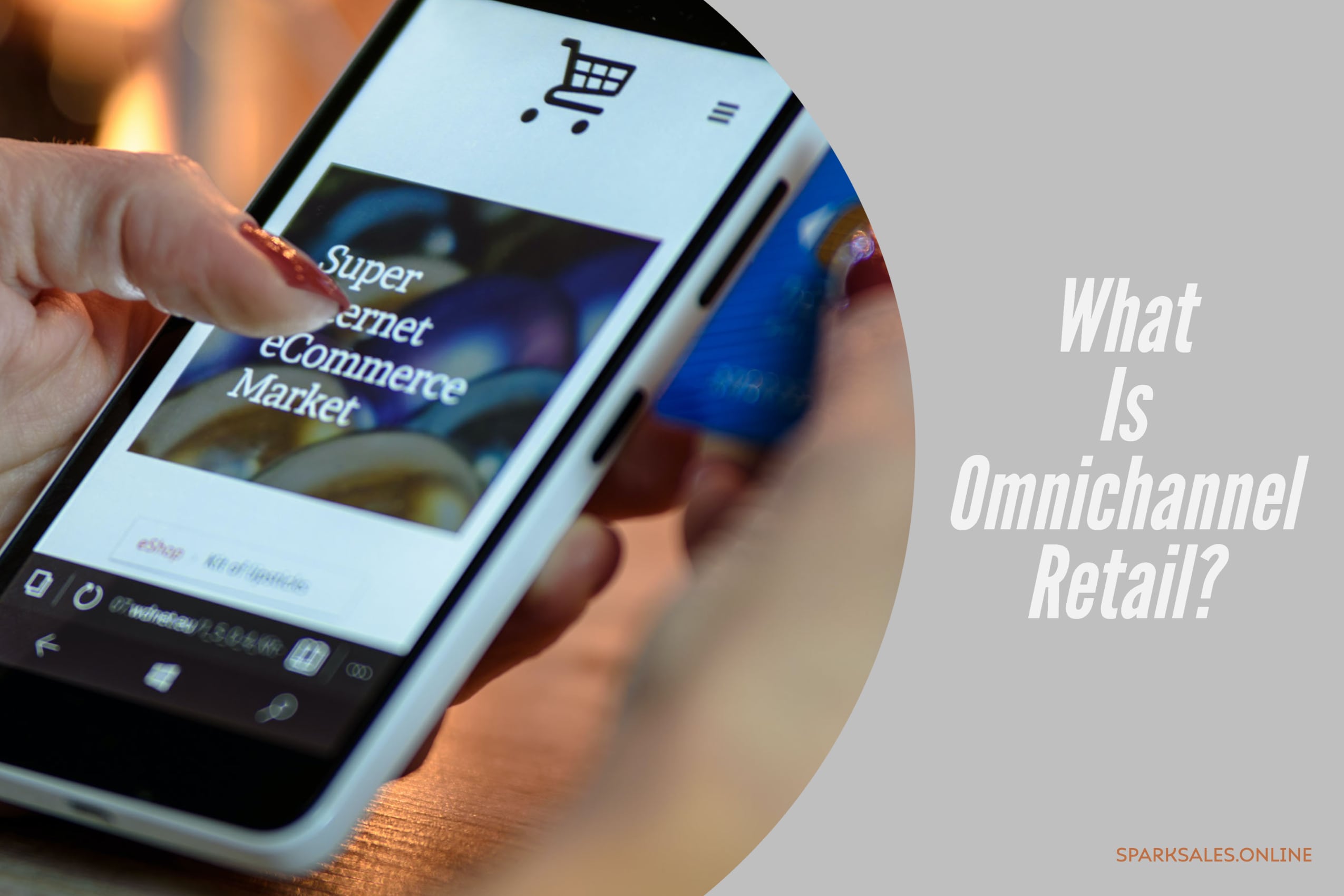
Omni means multiple or many, so when we talk about omnichannel retail, we’re talking about the many various channels your retail business sells on. For example, when a company makes its products available on Amazon, eBay, direct sales and phone sales. There are many channels that a retailer can decide to sell through.
So now based on all of these facts, figures and perspectives, how do we define ecommerce? Essentially ecommerce is the trade of goods or services on the internet, that is the simplest definition of ecommerce. However, it clearly goes beyond that; let’s dig deeper. When you buy something over the internet, you’re either using your mobile device, laptop or desktop to shop. So let’s focus for a moment on the data systems and tools that enable buyers and sellers to do this.
To define ecommerce, we also need to look at online buyers and sellers because these are the leading players within the ecommerce industry. Most businesses that sell online use an ecommerce store. The ecommerce store or ecommerce platforms are used to conduct online marketing, online sales activities and oversee logistics:
Until such a time as your order arrives on your doorstep, that’s the fulfilment process.
That is just one area of ecommerce. Let’s take a look at the kinds of technologies that need to work together to enable global ecommerce:
Again, if you look at this list of technologies alone, you can see that defining ecommerce is not just simply buying and selling online. For an ordinary person, maybe that’s the only definition they need. However, if you’re into business or entrepreneurship, you need to go deeper than the primary purpose of what ecommerce is and look into the different types of ecommerce available.
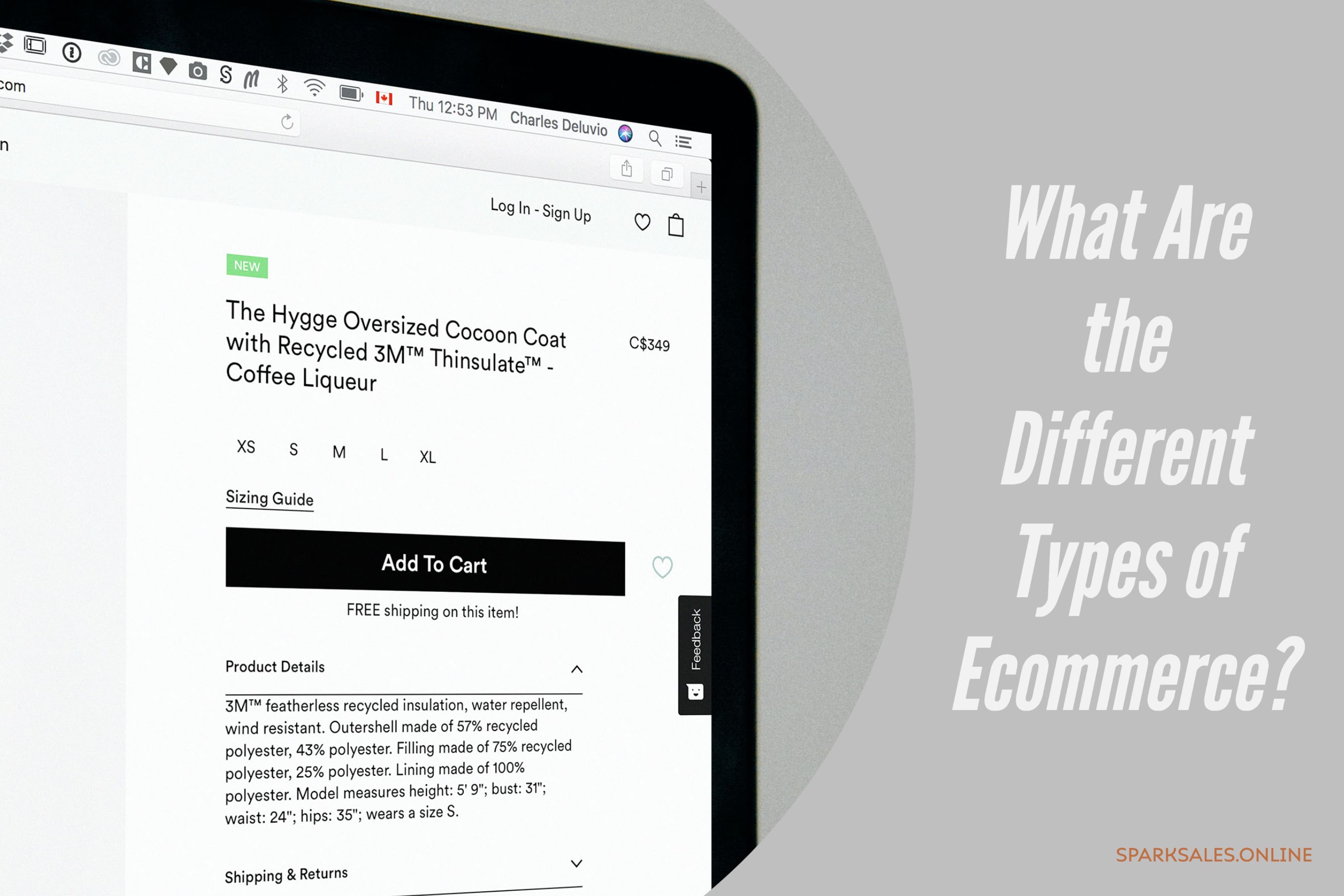
You’ve probably seen this term quite frequently in the last few years because the print on demand industry is booming. Print on demand (POD) is the process of taking white label products and putting your own design or information onto them. So it’s just taking a blank product and dropping whatever image or text you would like on to it.
Become a one-stop-shop:
Alternatively, you can be a designer. This way you’d sign up to a site like Printful or Printify who will print and ship the products to your customers on your behalf. So you don’t have to invest in stock, all you have to do is look and see what they offer, drop your designs on to their products and put them in your store.
Lastly, you can hire a designer. That way you’d do either of the above options, minus the designing.
This one is interesting. So what is high-ticket ecommerce? Well, this is ecommerce where the product your selling is over £500 retail. Some people say that high-ticket ecommerce is any product over £1000. Either way, it’s any amount where your customer has to think before deciding to purchase. So any high-ticket item that retails for over £500 can usually be thought of as high-ticket because it’s a considered purchase.
One-stop-shop:
This way isn’t the easiest, because it can just be so costly upfront and then you have to have your fingers crossed that all of your high-ticket products are going to sell.
Alternatively, you can find the products that already do well in the marketplace, find a supplier and sell those products via dropshipping. That’s usually the best way to do high-ticket because it’s much lower risk.
What is low ticket ecommerce? It’s products under £500. People usually buy these items with emotion versus need, because it’s easier to swipe their card for it and they don’t have to think about it too much. They want it, so they’re going to get it, and that’s the end of it.
One-stop-shop: Stock all of the products and ship them to your customers. Doing this isn’t recommended, because you’ll have to buy hundreds of items in hopes that you’re going to sell them all.
Alternatively, you can find products that do well in the marketplace, find a supplier and sell those products via dropshipping. You can do that with places like Aliexpress, and there’s also UK vendors that will do this for you.
What are one item funnels? With one item funnels you’re just taking the product you’re offering, whether that’s a high-ticket or a low-ticket item, and you’re driving your customer through a sales funnel.
Essentially it’s more than a one item funnel if you’re smart enough to drive them to an OTO (one-time offer) and then direct them through your website after the purchase.
A good example of this would be if you were selling party banners:
So, as you can see, there are so many ways to use upselling techniques to make money off these one-item funnels.
What are multi-item stores? Well, it’s where you’d have one shop such as a Shopify or Etsy store, and you have more than one item type available. All items are still niche specific. So it could still be a party supplies page, but on that page, you’d also have balloons, banners, cake toppers, party invitations etc. It’s all still about party supplies; you don’t want to have a party store and then sell computer hard drives or dog collars, because that just doesn’t make any sense.
What is dropshipping with ecommerce? It’s having a fulfilment company house the product and ship it to your customer. So they are storing it, they are sending it, they’re essentially dropshipping for you.
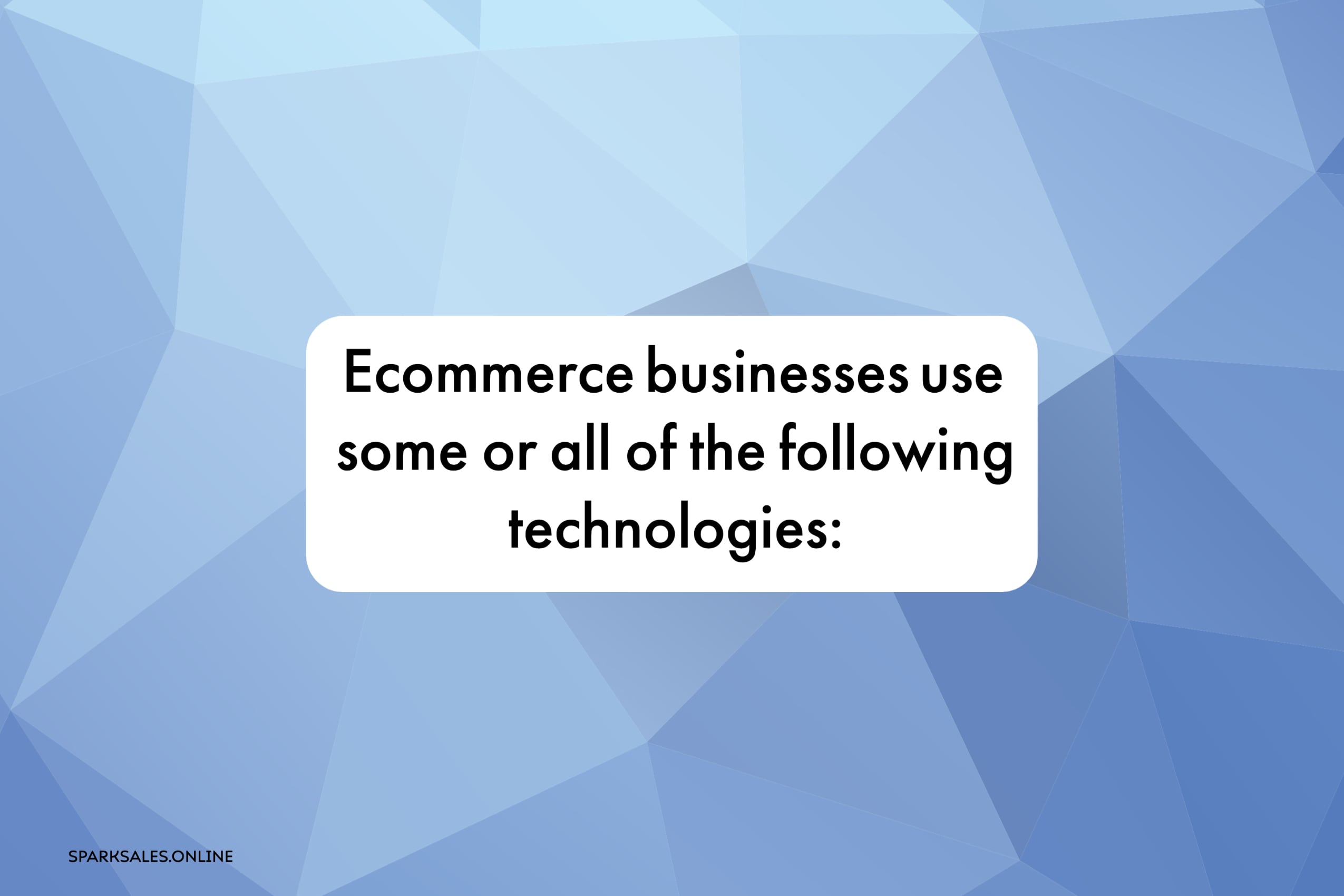
Ecommerce businesses use websites for retail sales direct to consumers.
Ecommerce sellers competing in the C2C sales categories will often take advantage of online marketplaces.
The third approach that ecommerce businesses can take part in is B2B buying and selling.
Email marketing might be a little more old fashioned than some of these newer technologies, but it is still an incredibly effective form of marketing when done correctly. Policies and regulations are tighter than they’ve ever been before, so you must do this right. If you don’t know all of the intricacies of GDPR and the like, hire someone who does.
There are many useful demographic data sites out there; Statista is one of the leading ones. These websites deal with the creation of statistics, outlooks, infographics and global surveys.
When we talk about data interchange, we’re talking about transferring data from one location to another. Electronic data interchange (EDI) is used to contact manufacturers. There’s also logistics EDI, the transfer of data when logistically arranging a product’s delivery.
Pre-tail is usually reserved for products that are not yet out in the market. It could be that these products are waiting for funding by going through the process of crowdfunding.
Crowdfunding is telling people that you have a product and if they’re interested in contributing, they can help bring it to market. They usually get some perks for their contribution too. One of the well-known websites where you can pre-tail your product is Kickstarter, but many websites can leverage pre-tail.
Okay so based on that perspective, based on everything we’ve covered here. It’s clear to see that ecommerce is not merely the process of selling and buying goods and services online, right? Let’s now redefine ecommerce by looking at it from a business perspective.
What does this mean? It means a comprehensive range of digital technologies within the business itself and all involved business partners.
When you hear about buying and selling on the internet, the first thing that comes to mind is the traditional business to consumer scenario. However, ecommerce is not just business-to-consumer as we have discussed earlier; it involves all business partners.
So the first one was digitalisation, the second is the focus on automated business processes. Remember, ecommerce is not just buying and selling something; there are a lot of things involved:
There are many business processes involved in ecommerce, and that’s what we call the total process. These total processes are running through all involved organisations:
These are the elements involved in the processes. That’s why within ecommerce, there’s also a significant focus on automation of business processes because the concept of traditional ecommerce is that it increases the speed of retail.
The combining of automated processes between various organisations is beneficial for all involved. Customers just aren’t prepared to wait a long time for products anymore, so if you can increase the speed of how that item can be delivered, then it can add potential efficiency to your ecommerce business.
There’s a possibility that you will also increase the economic efficiency of the business. Why? Because through the coupling of business processes between the various steps in the order and fulfilment chain, you can increase the speed at which you can send out your products. The quicker you are, the more people will tend to come back to you to buy more.
So efficiency, the quicker your supplier can send items, the more you can cater to your customers. Now we are looking at business partners’ cooperation; your clients are your business partners, your suppliers are your business partners. So there is now, this efficiency of your business process.
The worldwide web has become a universal technical infrastructure. In fact, without the internet, there’s no such thing as ecommerce.
Let’s say you live in the UK and you want to buy an item from the US. When you exchange data, when you buy that item, it’s made possible thanks to global networks’ connectivity, purchases are enabled without any restrictions because there are no geographical differences.
Paid advertising is one of the quickest ways to get results because you’re using your money to get sales instead of putting a lot of long-term effort into something and waiting for the results. With paid advertising, you can spend money and get feedback, and that’s not to say that the results are always going to be good. Often, when you’re just starting out they’re going to be horrible, but that data will help you then know that you’re doing something wrong and it will help you improve your business. Google AdWords is an excellent platform for product and service-based companies; it also works well for ecommerce.
Influencer marketing is powerful too. Simply put influencer marketing is paying somebody of high status or somebody with many followers in a particular niche to promote your product or service. It can work well because fans will typically be loyal to this person and might be influenced by what they have to say.
If there was one skill that I would suggest you could learn to increase your ecommerce income. It would be how to build and manage online advertising campaigns. There’s a lot to learn, but it’s a great one to start with. If not Facebook Ads, then maybe another paid advertising platform like Google AdWords, these are good for getting results quickly.
Now, this is a fundamental rundown of what happens when you launch a Facebook advert:
The ecommerce industry is gradually taking over retail, and it will continue to do so. If you invest in yourself and develop new skills, that’s the best way that you’re going to be able to set yourself apart from other people within the industry.
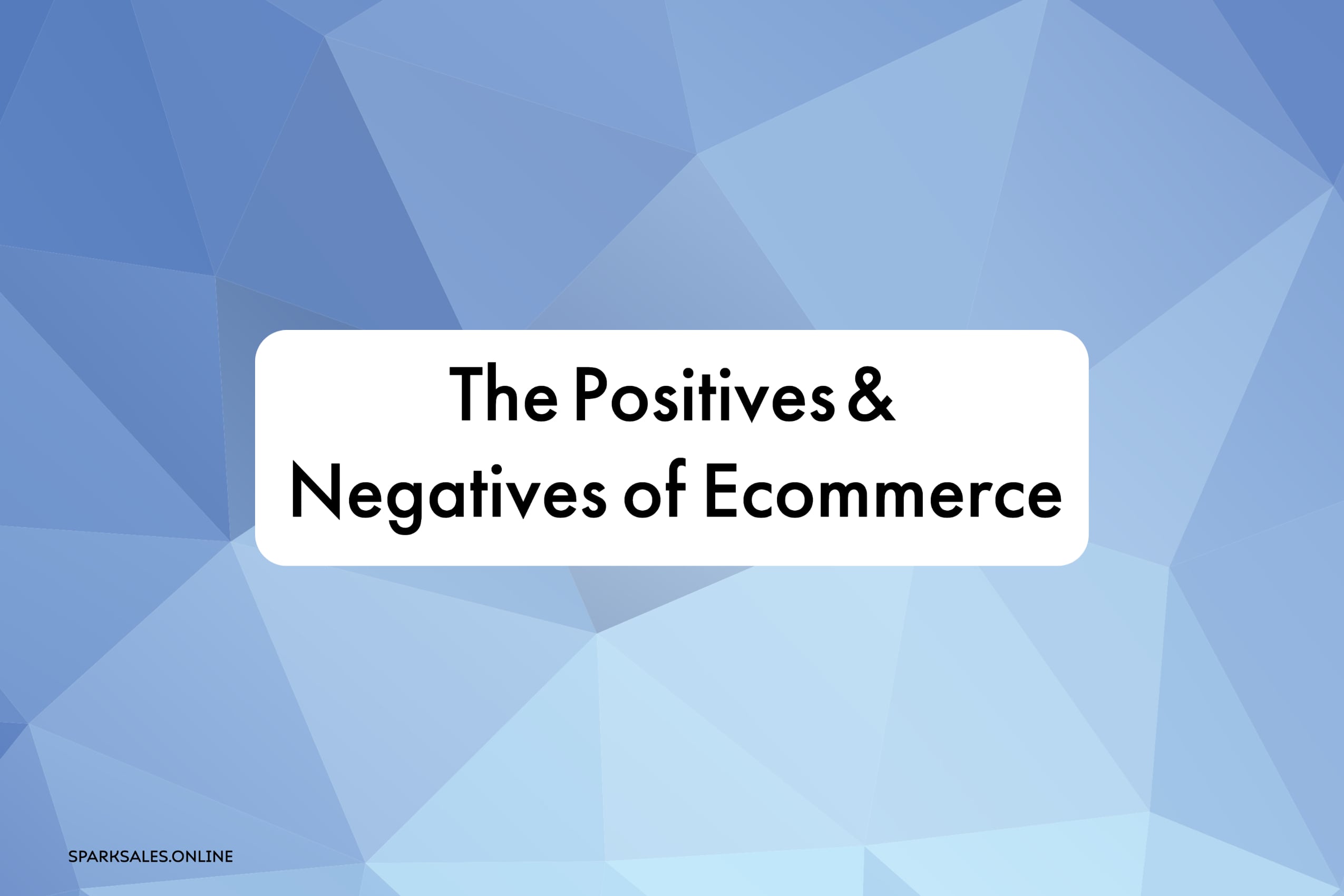
As I said, there’s always pros and cons with anything you do, but you definitely should not let this keep you from getting involved in ecommerce because the good certainly outweighs the rest.
When it comes to ecommerce, the possibilities are endless; you can sell just about anything online. You can be as creative as you want, you can even cover multiple niches in various stores.
Whenever your business grows big enough to need staff, you can hire virtual assistants because most of the work is online. You could hire a virtual assistant to find trending products, and then you could have somebody else handle all of the customer service. Once you get your system down it’s straightforward to hire help and they can help you automate your business very quickly.
So when using print on demand and a fulfilment centre, you don’t always get to see the product yourself. Therefore, when you’re going with a new fulfilment centre, you should always buy one of the products to see the quality in person.
You’re limited to the stock your suppliers have. If you have an excellent month with one of your products, your suppliers might not be able to keep up with your orders.
One thing to be on the lookout for is fraud. Even though relativity rare, it does still happen despite the fact the banking systems and your business do everything you can to make sure all of the information is correct. Ensure that you are thorough and that your policy on high-ticket large items is such that you cannot send them to a different address than the one on the credit card billing statement.
Even though you can start an ecommerce business with very little money, it’s worth keeping in mind that there will still be costs involved. The cost of apps, platforms and credit card processing is just what it costs to run a business. So be sure to calculate that whenever you’re calculating your sales price on your products. Like with any business, you must be turning a profit even after calculating all of your costs.
Advertising is essential, and you have to know how to do it. So if you’re unaware of how to do this, you need to find someone that can help you with it otherwise the mistakes could cost you a lot of money.
Another negative is the lack of control when using platforms such as Etsy, eBay or Amazon. They set the rules on how things should go, and you follow along, or you find somewhere else to sell. It’s as simple as that, and you have to play by the rules. As long as you’re not doing anything wrong, you’re paying attention and not infringing on copyright or anything like that; you will be fine. Be sure not to let the negatives about ecommerce outweigh the positives because many people have built great ecommerce businesses and become super successful.
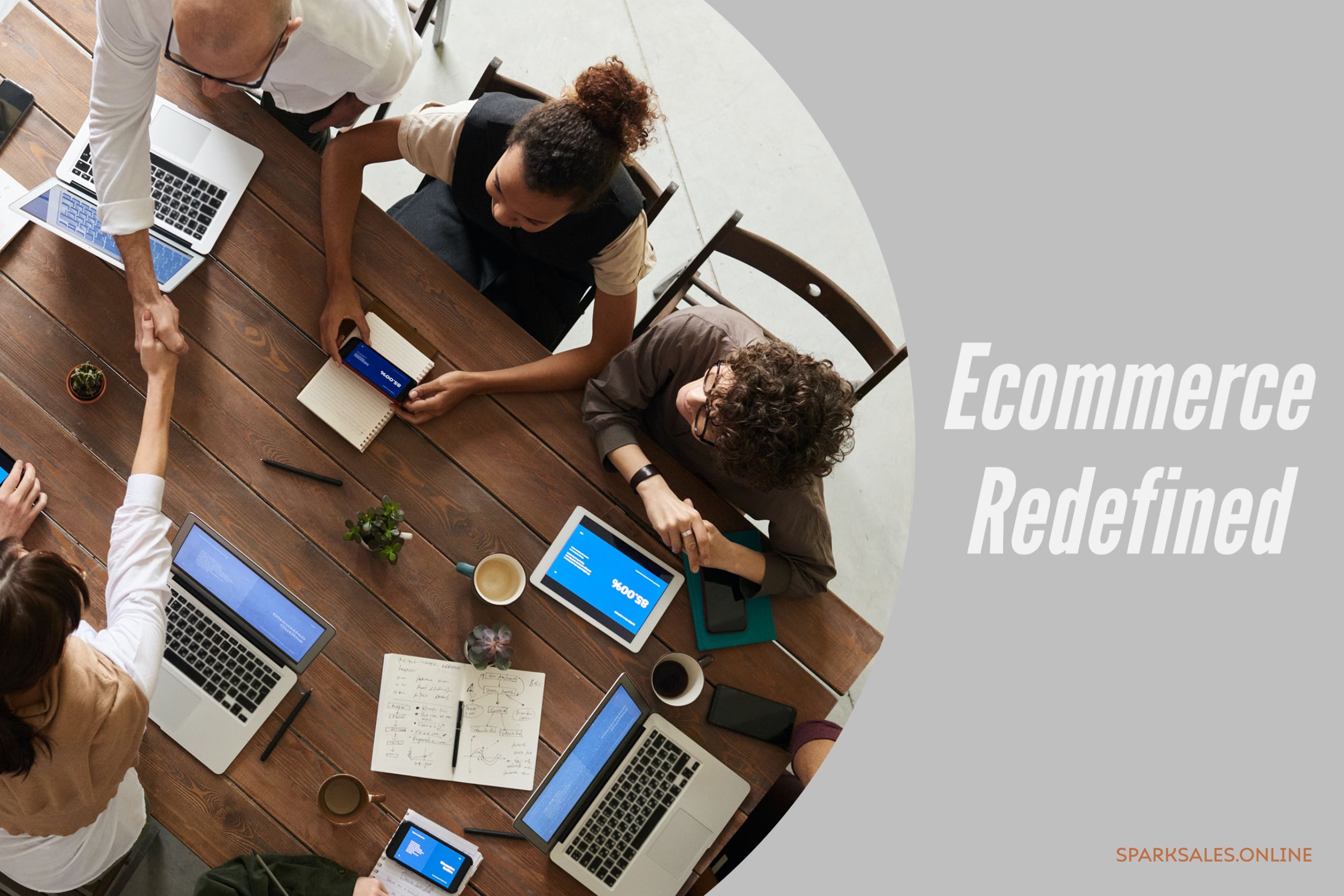
How do we redefine ecommerce combining all of the terms, perspectives and statistics that we have covered here? So the original basic ecommerce definition was that ecommerce is the act of selling a product online. Now we can expand on that within the context of being an entrepreneur.
Ecommerce is the exchange of goods and services between businesses supported by a comprehensive range of technology systems and global infrastructure. These systems have to communicate to process information during the transaction process. Whilst ensuring compliance with data privacy, governing laws and other policies.
There you have it, the description of what ecommerce is. Okay, it’s quite lengthy, but you know, that’s the modern definition of ecommerce. Based on this description, we all now know that ecommerce goes beyond merely the buying and selling of goods over the internet.
So the next time you buy a product online, you’ll have an idea of just how many business processes, automatic and otherwise are involved from the point that you place the order until it shows up on your doorstep.
Subscribe to our posts
This page requires cookies to give you the best possible experience. Read our Cookies Policy to learn more.
This page requires cookies to give you the best possible experience. Read our Cookies Policy to learn more.
Comments